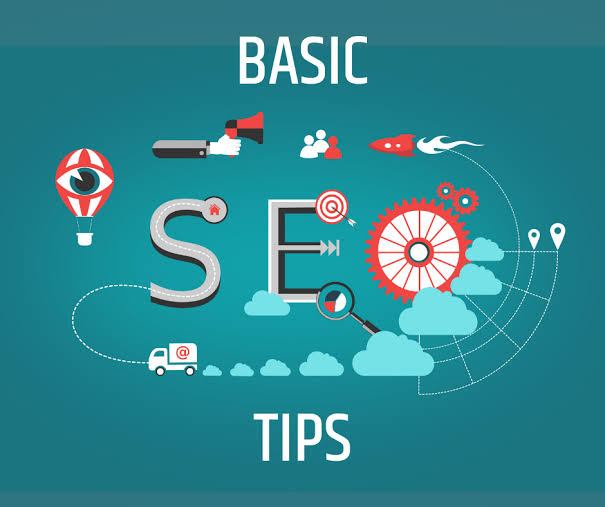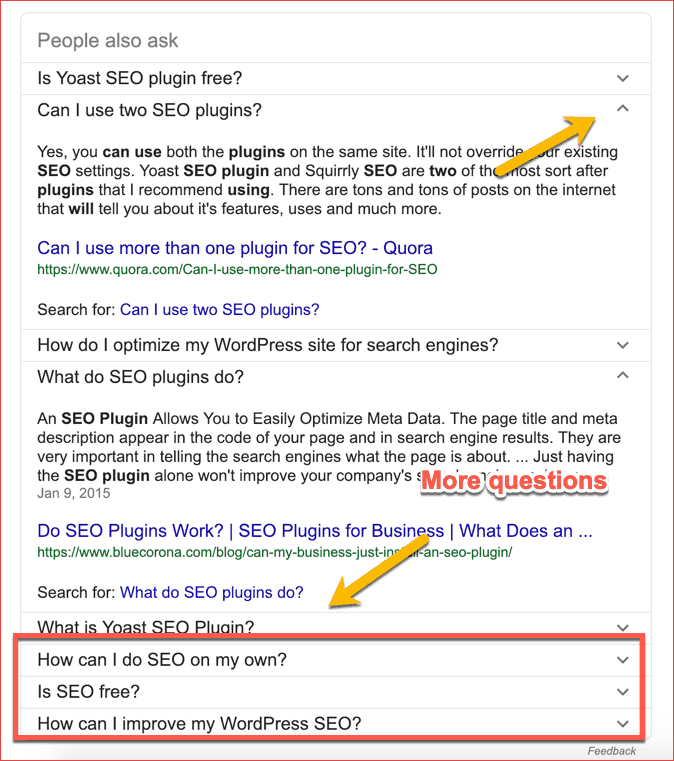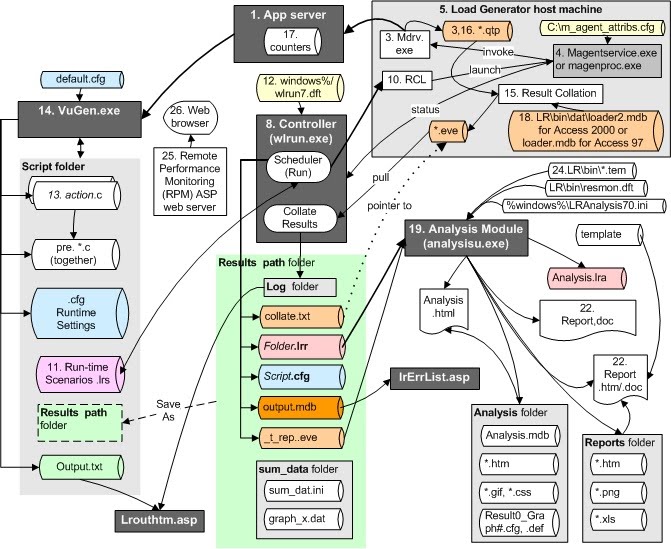
The process of generating organic search traffic is a complex process that draws upon many disciplines. To be successful, a page must meet the searcher's criteria while also providing valuable content and value. This process is called SEO. Here are four components of SEO. This is a rapidly growing field, which requires more skill and knowledge. These are some of most important SEO principles.
On-page SEO
On-page SEO is often interchangeable with content marketing. It can take on many different meanings. Content marketing refers to the creation of websites that are focused on certain keywords. This strategy involves optimising the content of the page. Keywords should be carefully chosen and placed in key areas such as the title, meta description, and URL. Your visitors will be able to decide whether or not to visit your site by reading a well-written title.
On-page SEO includes image optimization. Image optimization includes choosing the right size of images, naming them properly, and ensuring that the loading time is as quick as possible. Search engine spiders can miss important information if images aren't optimized. You can ensure that images are indexed by adding alt tags. These tags are visible in search engines and can improve their ranking.

Quality content
SEO is an acronym that you may have heard about if you are interested in improving your website's search engine rankings. SEO is the process by which search engines can understand your content. It encourages people to click your site and increases traffic. Quality content is vital. The quality of a piece of content can make a website or break it. Here are some examples that quality content can make your website visible to search engines.
Good content is the first step. The more relevant and useful your content is for your target market, then it will be more likely to rank high in search results. It is crucial to write for humans, not robots. Your content should provide information, be interesting, and be of value to your target audience. Your content should have a strong topic matter. Don't overdo it. Write in a way that is both search engine friendly as well as user-friendly.
Social signals
Social signals are an important component of organic SEO. These metrics are the human interactions on social networks, such as likes, shares, and votes. In addition to improving conversion rates, socially-linked websites tend to have better brand loyalty and awareness. As a result, they often earn more positive reviews. But what exactly is a social signal? What do social signals have to do with SEO? Here's a quick explanation.
Search ranking is not directly related to social signals. However, they are influenced by them. Generally, the higher your social presence is, the higher your ranking will be. For a high page ranking, it is crucial to have a solid social profile. Even though social media sites are not ranking factors in their own right, their effects on page ranking are still significant. This article will explore the link between SEO and social media.

Algorithms
Algorithms play a crucial role in search engine optimization. Search engines use algorithms to analyze billions worth of information and find the best results. Google and other search engine companies don't reveal the exact details of their algorithms, but they give site owners clues about how they work. These clues can be deduced by the changes in search results, such as the rankings of specific websites. But before diving into SEO, let's take a closer look at this powerful tool.
While many algorithms are subject to change over a year, Google's algorithm is constantly changing. Sometimes, it can be quite dramatic. You may need to revise your SEO strategy to reflect these changes. Experts claim that Google updates their algorithm between 500-600 times each year. Although most changes won't have a significant impact on your ranking, major updates can have an effect on a large number of search queries. It is imperative that your website remains up to date and adaptable to these changes.
FAQ
What is a PPC ad and how does it work?
Pay-per click ads are text-based adverts that appear at the top and bottom of pages.
These ads are extremely targeted. This means that advertisers only pay when someone clicks.
PPC advertising looks very similar to pay per call advertising, which will be discussed more later.
Why SEO strategy is important?
The primary purpose of search engine optimization is to increase your site's traffic by getting as many people to locate you via Google.
Search engines like Google and Yahoo! store information about websites in servers called crawlers. They send this data back from the company's central databases. This allows them search engines to index web sites.
People will click on your links and visit your pages if you appear high in the results. Therefore, you won't be found if you are not visible in these searches.
To ensure that your website is found by search engines, ranking high on all major search engines is the best method. To achieve this, there are two general methods; paid advertising and natural organic links.
Paid Advertising: Paid advertising means that adverts are purchased from companies that pay-per-click to be displayed above other sites on search results. These ads may include banner ads, text ads, pop-ups, e-commerce widgets, etc.
Natural Organic Links- These links are ones where you have developed a site that is excellent over time and has earned the trust of others in your industry. Link building takes place naturally. This can be done through blogging, guest post, commenting, linking, and many other activities.
You need to continue investing in both marketing forms in order to be competitive.
How much does it cost to rank high on search results?
Costs for search engine optimization vary depending on the type of project. Some projects only require minor changes to an existing website while others will require a complete redesign. There are also ongoing monthly fees covering keyword research and maintenance.
What is On-Page SEO?
On-page optimization refers to actions taken within your website in order to improve its ranking in search engines. On-page search engine optimization covers things like site architecture, page titles (meta tags), image alt text, and page titles. Off-page optimization refers to any activities outside of your website that can improve its ranking. These activities include backlinks and social media shares.
Statistics
- Sean isn't alone… Blogger James Pearson recently axed hundreds of blog posts from his site… and his organic traffic increased by 30%: (backlinko.com)
- 64% of marketers actively create SEO campaigns because they help hit multiple key performance indicators (KPIs), including increasing traffic, helping your site rank for relevant keywords, improving your conversion rate, and much more. (semrush.com)
- A 62.60% organic traffic boost to that page: (backlinko.com)
- Which led to a 70.43% boost in search engine traffic compared to the old version of the post: (backlinko.com)
- : You might have read about the time that I used The Content Relaunch to boost my organic traffic by 260.7%: (backlinko.com)
External Links
How To
How to create a successful SEO campaign
You have to know how to stand out from the crowd if you are doing creative writing.
Most writers are very similar. Writers tend to use the same writing patterns. They fall back to cliches and repeat themselves.
Breaking out of the patterns is key to developing new ideas. It's about thinking outside the box.
It also means finding ways to make your writing more interesting. Write for your audience by considering what makes them tick. What keeps them interested? What makes them laugh? What makes them laugh?
What excites them? What scares them?
When you sit down and write, ask yourself these questions. Ask yourself why anyone would be interested in what you have to say. Why would anyone want to read your words?
Once you've figured that out, it's time to start crafting your story.
Your hook is the first thing you should do. Your opening sentence is vital. It's the first impression you leave on readers. So choose wisely.
Next, choose whether you want your piece to be persuasive or informational. Informational pieces explain facts. Persuasive pieces encourage readers to agree.
Finally, determine whether you're going to tell stories or give examples. Stories are thrilling. Exemples show how something works.